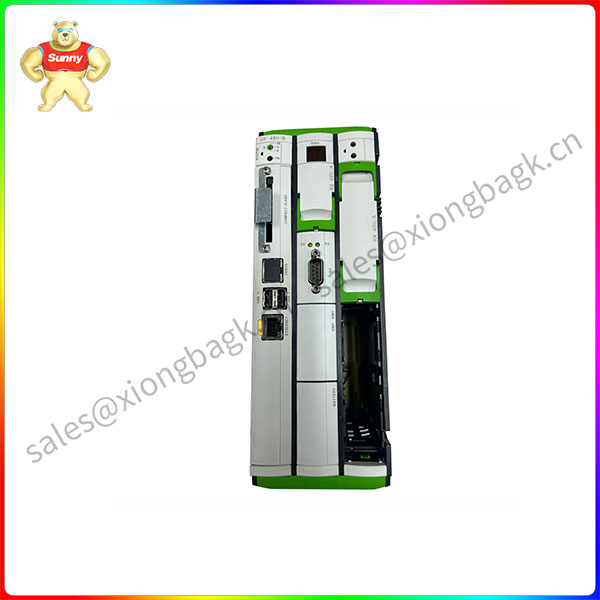This time we continue the topic of the EU’s new machinery regulations, let’s take a look at the different responsible parties, under the requirements of the new machinery safety regulations, their responsibilities and obligations compared to the previous differences.
Obligations of authorized representatives
Article 12 of the EU Machinery Regulation defines the role of an “authorised representative”.
Compared with the machinery Directive, the role of “authorized representative” in the machinery regulations has changed significantly.
CP450 In the Machinery Directive, authorized representatives are entrusted with the freedom to define duties in accordance with the contract, but in the Machinery Regulation, their role is more restricted. In accordance with Article 12, they may, on behalf of the manufacturer, keep machine documents and EU declarations of conformity or company declarations in case of access required by national authorities. However, by definition, they are not responsible for complying with basic health and safety requirements, and this responsibility remains with the actual manufacturer.
Authorized representatives are also not responsible for the production or accuracy of documents, and their sole duty is to “make them available.” Of course, other activities performed by the service provider under the authorization of the manufacturer are still allowed – just not as authorized representatives.
Distributor/importer obligations
Articles 13 to 17 set out the obligations of economic operators other than manufacturers. Therefore, the Machinery Regulations are consistent with the Market Surveillance Regulation 2019/1020, please refer to the Importers or Distributors section.
Requirements for economic operators not previously mentioned in the Machinery Directive are laid down in the Machinery Regulation.
• Importer
Importers can only place compliant products on the market, which is the first obligation under Article 13. However, there is a further obligation for importers to confirm the existence of a declaration of conformity and CE marking, in addition to the usual checks. Importers must ensure that all machine documentation is prepared, user information is attached, CE marking is affixed and manufacturer’s logo (including digital contact details) is indicated. As part of their obligations, if importers believe that imported products bearing the CE mark do not meet the requirements, they must notify the relevant authorities and take appropriate measures. In addition to the manufacturer’s identity information, importers must always provide details of their identity.

CP450
In the future, importers will also be obliged to conduct sample tests on products already on the market to check whether the product meets the requirements and to inform the distributor of the results if any problems arise (the same applies in the case of product recalls). However, this obligation is presented in the following way: “when considered appropriate……” How this will work in practice remains to be seen.
Importers must also keep a copy of the EU Declaration of conformity for ten years after placing the product on the market and ensure that all technical documentation is available. Here, they have the same obligations specified in the declaration of conformity for persons in the EU established under the Machinery Directive (or, as described in the Machinery Regulation, authorised representatives). It remains to be seen whether it will be sufficient for the importer to mention an authorised representative in order to fulfil this obligation.
• Distributor
CP450 Dealers are obliged to check for the presence of CE marking, EU compliance declaration, instructions for use and correct product identification, including the name and address of the manufacturer or importer. Of course, distributors are also obliged to report to the authorities any non-compliant products they offer on the market and take appropriate measures. The distributor must also provide all the necessary information and documentation to prove the consistency of the machine, and the language version provided should be easy for the relevant agency to understand.
Distributor obligations apply equally to completed and partially completed machinery. As before, all parties (and therefore also distributors and importers) shall be deemed to be manufacturers when they affix their own logos to the products or when they make material modifications to the products.
Manufacturer’s obligation
The choice to allow manufacturers to provide instruction manuals in digital form is conducive to environmental protection. This has been long awaited in practice and is now incorporated into the text of the regulation:
• Instructions must be provided in a digital, printable format.
• Physical specifications must continue to be provided upon request. The lawmakers stipulated that a free version of the physical manual should be provided within one month of the purchase of the machine.
• For “non-professional users”, security information must be provided in a paper format.
The regulations give mandatory marking requirements for machines and accompanying documents, which must explain how to access digital information.
In addition, manufacturers have a new obligation: they must provide the instructions digitally for at least ten years after the machine is delivered. If the sales phase of the product itself has ended, it may not be possible to track relevant information.
In addition, the regulation also allows manufacturers to use electronic versions of the EU Declaration of Conformity. Partially completed machines can also be delivered with digitized assembly instructions and assembly declarations.
 中文版
中文版




